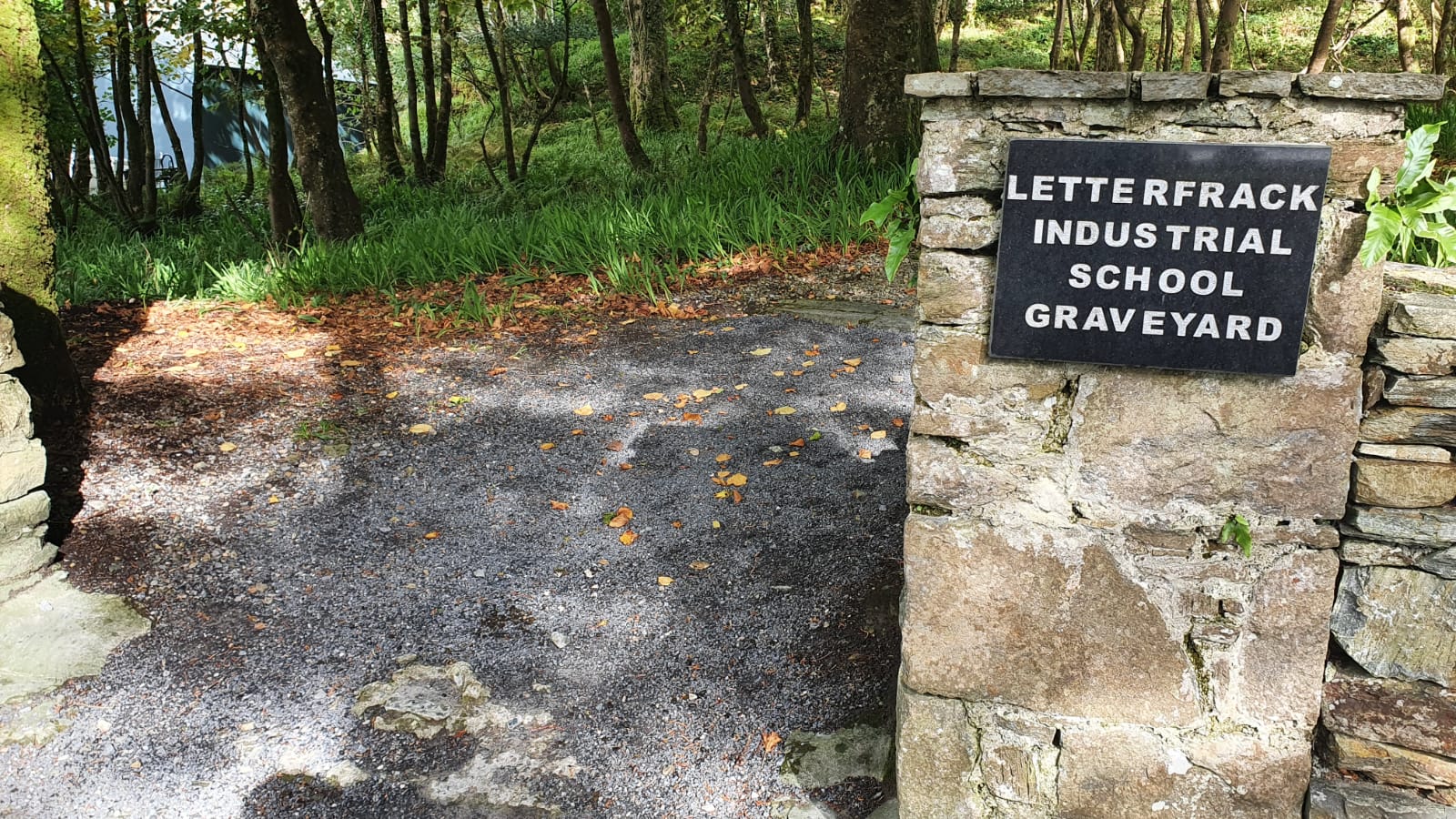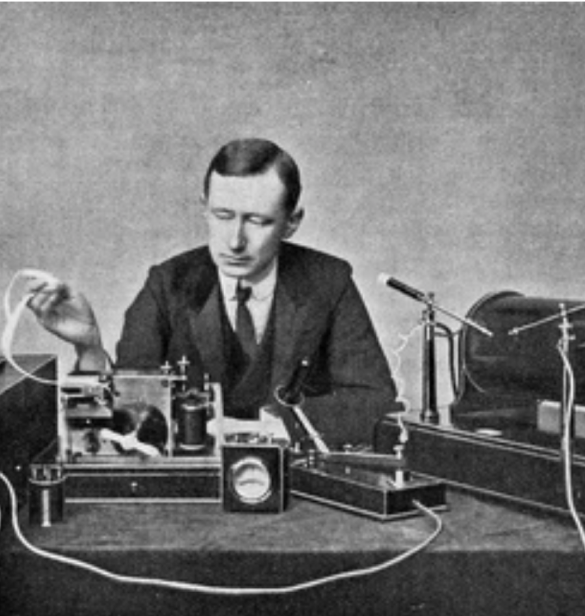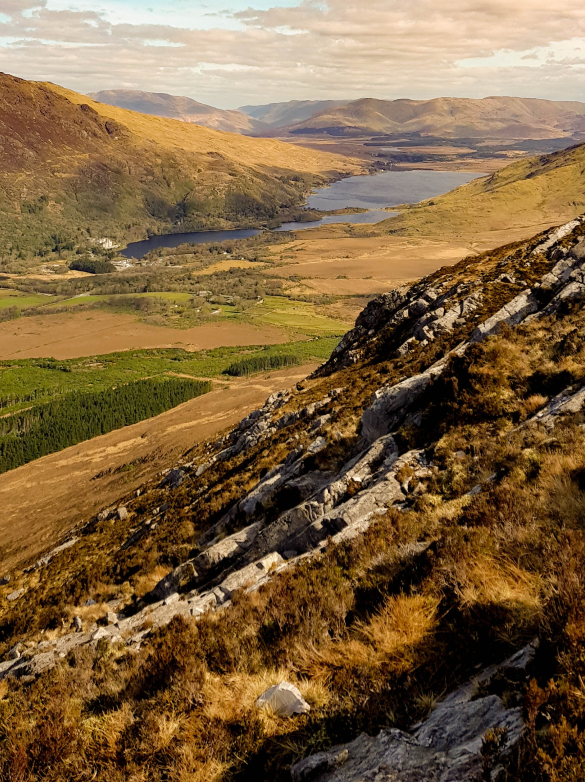History of the Park
Much of the present park lands formed part of the Kylemore Abbey Estate and the Letterfrack Industrial School. The southern part of the park was at one time privately owned by Richard ‘Humanity Dick’ Martin, who helped to form the Society for the Prevention of Cruelty to Animals during the early 19th century.
The National Park lands are now wholly owned by the State and managed solely for National Park purposes.
Remembering Letterfrack Industrial School
The Visitor Centre buildings were formerly the farm buildings belonging to Letterfrack Industrial School, and the Park Office was the school infirmary, erected around 1890.
Within the bounds of the National Park, visitors will also find the school’s graveyard. Although the harrowing history of abuses on the children who were in attendance are painful to remember, the graveyard now serves as a place of remembrance for the boys who were put through unspeakable injustices here.

Planning and Development
We are continuing to plan and propose new developments for Connemara National Park, which will allow us to continue protecting and conserving the National Park’s natural heritage, while also making the lands more accessible to the public. Proposals include new walking trails to allow better access for wheelchair users, and improved interconnectivity among existing trails.
See details of the proposed new developments below.
Twinning with Parks Canada
Connemara National Park is twinned with Terra Nova National Park, Newfoundland. Two historic sites have also been twinned: the site of the former Marconi Station at Derrygimagh and Signal Hill National Historic Site at St John’s. This twinning reaffirms the strong cultural connections between the two countries, as well as the mutual goals in the areas of cultural and natural heritage.

ABOVE: Terra Nova National Park, Newfoundland, Canada.
In 1901 Marconi received the first transatlantic wireless transmission at Signal Hill. In 1907 the Marconi Station at Derrygimlagh transmitted and received the first commercial transatlantic wireless messages between Ireland and Glacé Bay in Canada.
Described as the most Irish place in the world outside of Ireland, Newfoundland even has its own distinctive name in the Irish language ‘Talamh an Éisc’ meaning Land of the Fish. The twinning arrangement strengthens our aspirations to protect nature, preserve heritage and promote sustainable tourism.
Notable People of the Park

ABOVE: Guglielmo Marconi
Connemara National Park encompasses personalities who are significant to our local, national and international cultural heritage.
Mary and James Ellis and Sophia Sturge were Quakers who came to this part of Connemara in what were some of the worst times in Irish history, when the famine had decimated families and communities. They provided much-needed employment and stemmed some of the tide of emigration from Letterfrack and surrounding areas. Part of the Ellis property and the site of Sturge’s Basket Factory are within the National Park lands.
In April 1911, Guglielmo Marconi rented a room within the infirmary from the Christian Brothers, who were managing St Joseph’s Industrial School. From there he started work on the world’s first full duplex two-way radio. Receiving equipment was kept in the building and an operator stationed there would listen for messages from Glacé Bay, Canada and 20 Fenchurch Street, London.
Two aerials were installed, and using a series of masts, wires were suspended between Diamond Hill and Mweelin, and a second line from what is now the Park Office and Bunaboghee Bog.
Marconi established the first full duplex radio at the site. In 1912 he received the patent for the invention of two-way radio.
Green Flag

Since 2018, Connemara National Park has been a recipient of the Green Flag Award, an international benchmarking standard for parks and green spaces. In 2021, Connemara National Park also successfully sought a new Green Heritage Site Accreditation, which is awarded to public green spaces of historical and cultural significance.
The Green Flag Award scheme operates in several countries including Australia, Belgium, Finland, Germany, Mexico, the Netherlands, New Zealand, Portugal, Ireland, Spain, Sweden, Turkey, United Arab Emirates, United Kingdom, and the United States of America.
The award aims to encourage the provision of good quality public parks and green spaces that are managed in environmentally sustainable ways. Parks and green spaces are judged against eight key criteria that reflect high environmental performance and good management.

